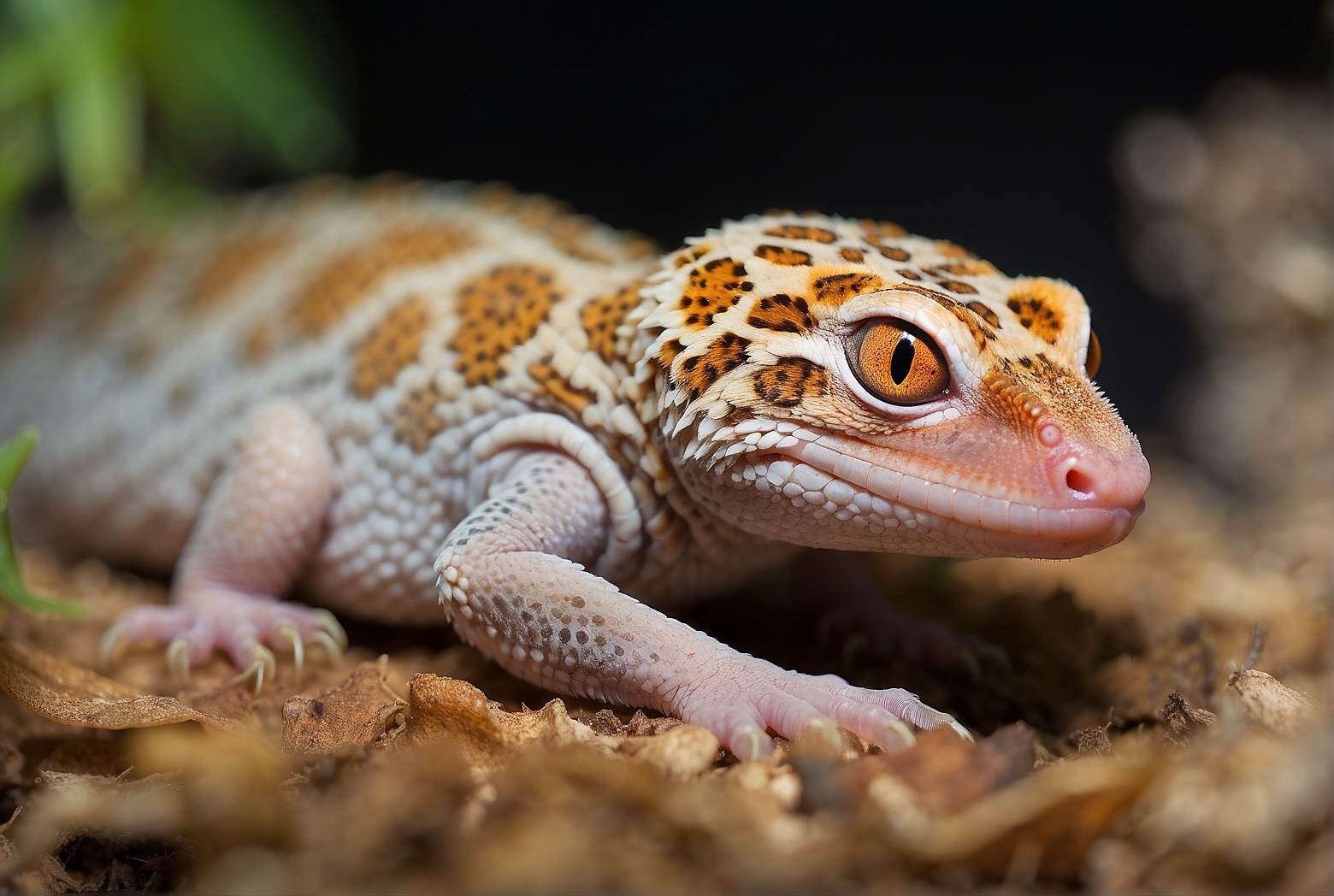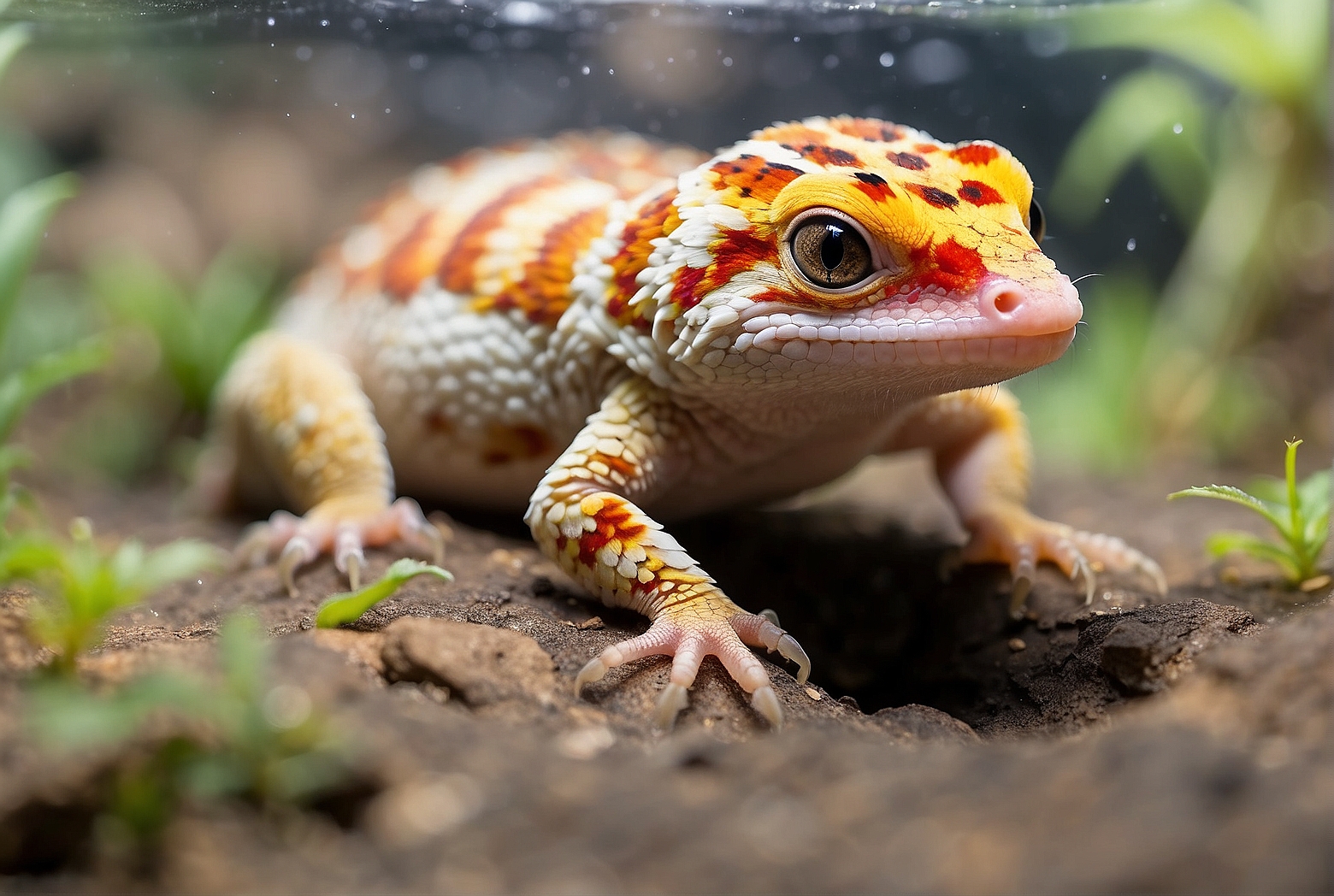Are you curious about the optimal temperature for incubating leopard gecko eggs? Look no further! In this article, we will explore the ideal incubation temperature measured in Celsius for leopard geckos. Whether you are a seasoned breeder or a first-time gecko owner, understanding the importance of maintaining the right temperature during incubation is crucial for successful hatching. So, let’s delve into the world of leopard gecko incubation and discover the perfect Celsius temperature that fosters healthy and vibrant hatchlings.
Leopard Gecko Incubation Temp Celsius
Leopard geckos, scientifically known as Eublepharis macularius, are fascinating creatures commonly kept as pets. If you’re considering breeding these adorable reptiles, it’s essential to understand the importance of incubation temperature and its impact on the development and health of the hatchlings. In this article, we will delve into the ideal incubation temperatures, determining the sex of leopard geckos, the effects of temperature on incubation period and hatchling health, how to control temperature in the incubator, the thermoregulation behavior of leopard geckos, temperature fluctuations in the wild, common temperature-related issues, and the importance of monitoring and adjusting incubation temperature. Remember, if you ever have concerns or need further guidance, don’t hesitate to consult with experts.
Ideal Incubation Temperatures
Getting the incubation temperature right is crucial for successful leopard gecko breeding. The ideal incubation temperature for leopard gecko eggs is around 26 to 28 degrees Celsius (79 to 82 degrees Fahrenheit). This temperature range provides the optimal conditions for healthy embryo development and ensures a balanced sex ratio among the hatchlings. It’s important to note that temperatures below 25 degrees Celsius (77 degrees Fahrenheit) may result in extended incubation periods, while higher temperatures can lead to deformities or even mortality.
Determining the Sex of Leopard Geckos
One interesting aspect of leopard gecko incubation is that the temperature can influence the sex of the hatchlings. Generally, temperatures on the cooler end of the spectrum (26-27 degrees Celsius) tend to produce more females, while warmer temperatures (28 degrees Celsius and above) are more likely to result in males. This temperature-dependent sex determination, known as temperature-dependent sex determination (TSD), is a fascinating natural phenomenon observed in many reptiles.
Temperature Effects on Incubation Period
The incubation period of leopard gecko eggs is directly influenced by temperature. At an average temperature of 26 to 28 degrees Celsius, leopard gecko eggs typically hatch within 45 to 60 days. However, if the temperature fluctuates significantly or remains outside the ideal range, the incubation period can be prolonged, ranging from 60 to 90 days or even longer. It’s essential to maintain a consistent temperature to ensure timely hatching and the overall health of the hatchlings.
Temperature Effects on Hatchling Health
Proper incubation temperature is crucial for the overall health and well-being of the leopard gecko hatchlings. Deviations from the ideal temperature range can lead to various health issues, such as stunted growth, weaker immune systems, and metabolic abnormalities. Additionally, extreme temperature fluctuations during incubation may result in mortality, developmental abnormalities, or even stillbirths. Ensuring a stable and appropriate temperature throughout the incubation process is vital to maximize hatchling health and vitality.

Controlling Temperature in the Incubator
To create an ideal incubation environment for leopard gecko eggs, it’s essential to invest in a reliable incubator with temperature control capabilities. These incubators typically have adjustable thermostats to regulate the internal temperature. It’s crucial to place a high-quality thermometer inside the incubator to monitor the temperature accurately. Additionally, consider using a separate thermometer to cross-verify for added accuracy. Regularly check and calibrate your incubator to ensure it’s providing the precise temperature required.
Thermoregulation in Leopard Geckos
In the wild, leopard geckos exhibit thermoregulatory behavior, utilizing their environment to maintain their body temperature. They are ectothermic reptiles, relying on external heat sources to warm themselves during cold periods and moving to shaded areas to cool down when it gets too hot. This instinctual behavior is worth considering when setting up the incubation environment as it reflects the natural preferences and needs of leopard geckos.
Temperature Fluctuations in the Wild
Understanding temperature fluctuations in the wild can provide valuable insights into setting up a suitable incubation environment for leopard geckos. In their natural habitats, these reptiles experience daily temperature variations, including cooler nights and warmer days. Replicating such temperature changes, though to a lesser extent, in the incubation process can help simulate natural conditions and potentially influence healthier hatchlings.
Common Temperature-Related Issues
While leopard gecko incubation requires attention to temperature, various issues can arise. Common temperature-related issues include temperature spikes or drops due to faulty equipment, power outages, or human error. These sudden fluctuations can be detrimental to the developing embryos and negatively affect the overall hatchling success rate. It’s crucial to be vigilant and take immediate action if any temperature irregularities are detected.
Monitoring and Adjusting Incubation Temperature
Consistently monitoring the incubation temperature is vital. Regularly check the thermometer inside the incubator to ensure the temperature remains within the ideal range. If any deviations are observed, take prompt action to rectify the situation. Adjustments can be made by slightly increasing or decreasing the thermostat setting, but be careful not to make drastic changes that could further disrupt the environment. Remember, maintaining a stable temperature is key to optimal incubation and hatchling health.
Consulting with Experts
Breeding leopard geckos involves many intricacies, with temperature management being just one aspect. If you ever feel unsure or encounter any difficulties during the incubation process, do not hesitate to seek guidance from experts in the field. Experienced leopard gecko breeders, veterinarians specializing in reptiles, or herpetologists can provide valuable insights and assistance tailored to your specific situation. Their expertise and knowledge will contribute to your success in breeding healthy and thriving leopard geckos.

In conclusion, understanding the importance of incubation temperature and its impact on leopard gecko breeding is crucial for the well-being and successful development of the hatchlings. By maintaining an ideal incubation temperature, determining the sex of the leopard geckos, addressing temperature-related issues promptly, and seeking advice when needed, you can ensure a rewarding and fulfilling experience as a leopard gecko breeder. Remember, happy and healthy leopard geckos start with proper temperature management!
